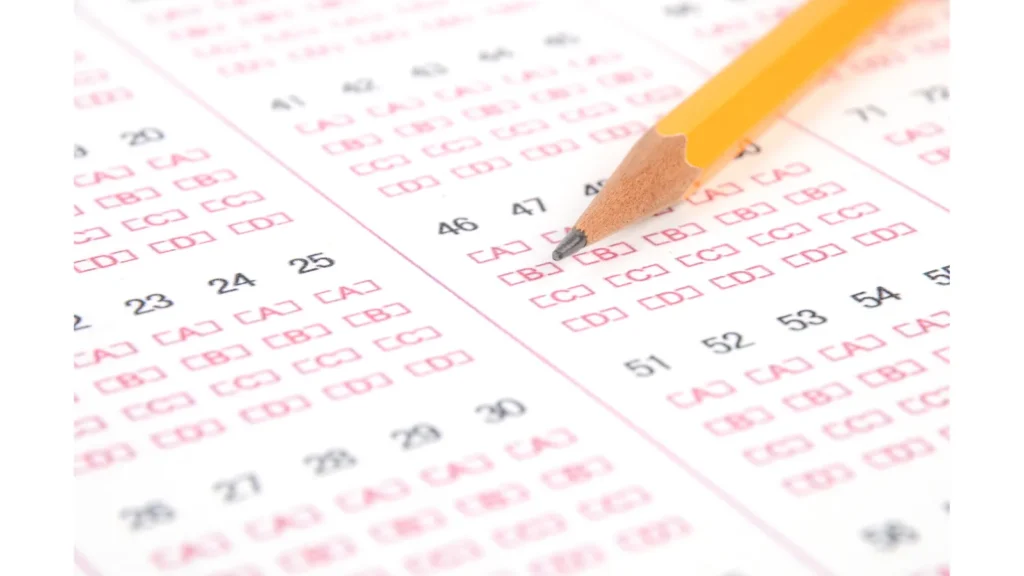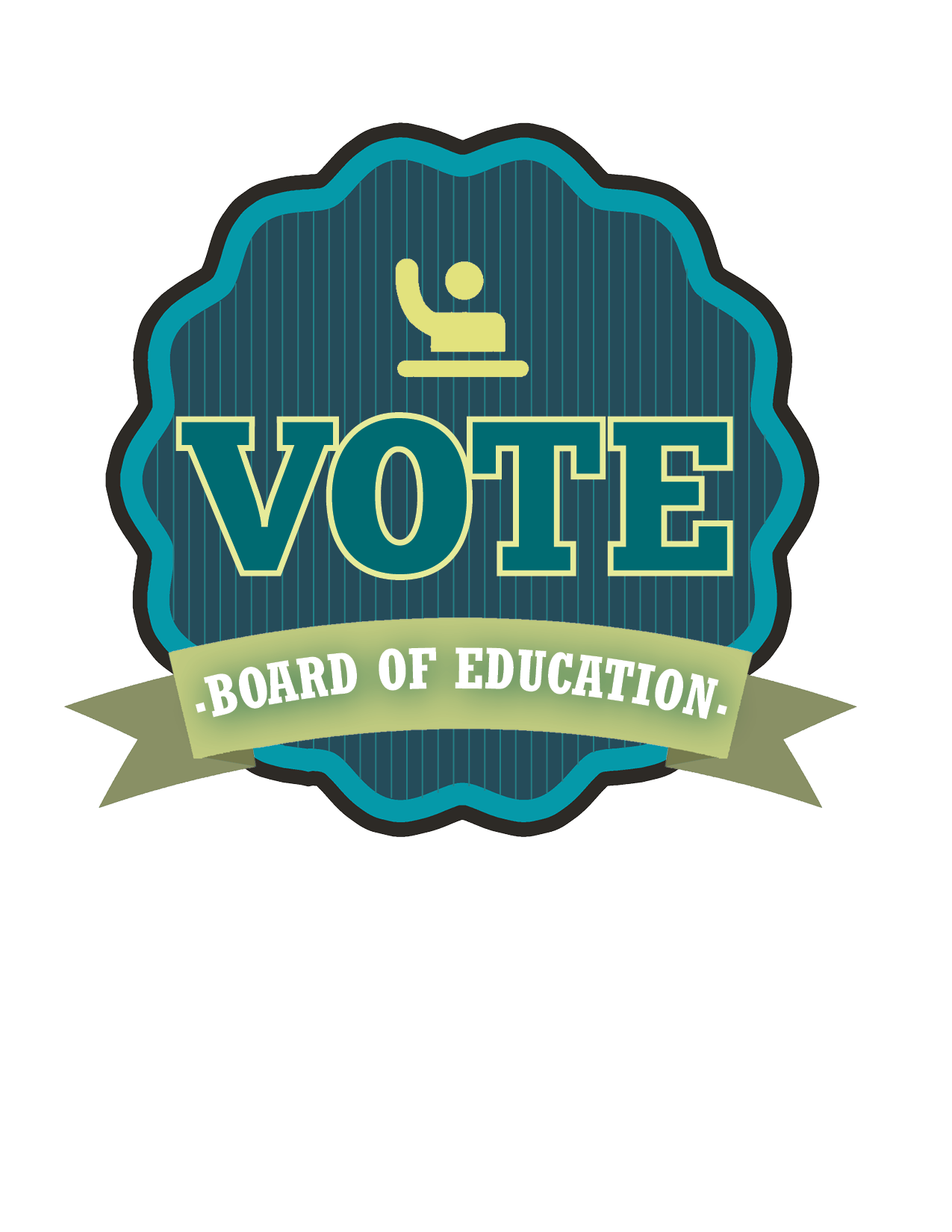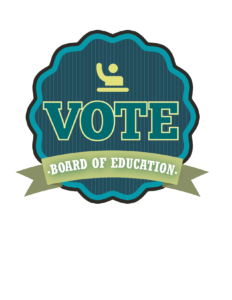New Jersey utilizes several statewide standardized tests. It is important to understand that none of these tests are diagnostic, even though they are often referred to that way. They are also unhelpful for parents who want to support their children: teachers do not see the questions, nor how they were answered. There is no way any of these tests can help identify specific strengths and weaknesses in an individual student.
Research shows that more than 70% of a score is a reflection of what is happening to that student outside of the school building. Standardized test scores reflect the relative wealth of a student’s family. This is why teacher and administrator assessment tied to student test scores are such poor public policy.

Names of tests and descriptions:
NJ State Learning Assessment (NJSLA, formerly PARCC) is New Jersey’s federal compliance test. The feds require it to be administered in math and English Language Arts (ELA) in grades 3-8 and once in high school. And in science, once in elementary, middle school and in high school each. New Jersey has historically done more testing in high school than is federally required. For math, the test correlates to the math the student takes. So, a 7th grader and 10th grader could both be sitting for an Algebra I test.
Dynamic Learning Maps (DLM) for students with disabilities, is their federal compliance test and is given in the same grades.
ACCESS is used for assessing English Language Learners.
NJ Graduation Proficiency Assessment (NJGPA) is the New Jersey high school exit test. New Jersey is one of eight states that require a high school exit test. It is NOT federally required. Beginning with the Class of 2023 through 2025, NJGPA is required in math (a combo of Algebra I and geometry) and ELA.
NJGPA had not been field-tested prior to the first administration for Class of 2023 and the State Board of Education decided to increase the proposed cut score from 725 to750. The Legislature was unhappy with this change and passed a bill, nearly unanimously, to make the test a field test and therefore, the Class of 2023 would not have a graduation testing requirement. There is no protection for Class of 2024. They will take NJGPA during March 2023. If they wish to use an alternative test, they must sit for and fail NJGPA first. The State Board had announced intentions to change (raise) the cut scores on the alternative tests, but as of now, there are no new cut scores for the alternatives. It should be noted that NJGPA uses the same test bank of questions as NJSLA.
Prior to NJGPA, New Jersey utilized PARCC (Algebra I, Algebra II, or geometry and ELA 9 or 10) and/or a laundry list of alternative tests (PSAT, SAT, ACT, ASVAB, Accuplacer, and portfolio review) for students to meet the test requirement. This was put in place to satisfy a Court order after a challenge by the Education Law Center (ELC) to regulation changes that were in direct conflict with the State statute. The statute requires the exit test to be given in 11th grade and the Christie administration chose to ignore that. The Court order ended with the Class of 2022.
Start Strong came to be as NJDOE acquiesced to a legislator who “needed to know the extent of learning loss” the kids suffered during the school closures, and they wanted to be able to compare districts. Start Strong was hastily thrown together, never field tested, and was offered for free to districts to use if they wanted to. Keep in mind, all Title I districts must have benchmark testing (besides the federally required state tests) and most districts use some form of benchmark testing (MAP, iReady, etc). The complaint from certain legislators was that districts use different benchmark tests and therefore cannot be used to compare district to district (the fact that those comparisons are not useful at all is rarely part of the conversation). Less than a quarter of New Jersey districts used Start Strong that first year.
With that run of the Start Strong test, and the following year (Fall 2022), there were reports that different cohorts of students were given the math tests. For instance, current Algebra I students were given the Algebra I test and of course, did poorly. They had had the class for only three weeks before being given the test. Other districts gave the Algebra I test to students that had taken Algebra I the year before, they seemed to do okay on the test. This issue was brought to the administration’s attention. The response was basically that the Algebra I test had only basic concepts students would have learned in the class from the year before. Direct accounts from students dispute that response: they hadn’t had any of the concepts covered in the tests they took.
This obviously raises further concerns about validity. What exactly were they testing? And at no point was this test ever tested for its ability to demonstrate “learning loss.” Of course, all of this became a bigger issue when the state made the test mandatory for federal compliance and for, allegedly, comparison year over year.
In the Spring of 2021, New Jersey applied for federal waiver to not give the Spring NJSLA (our federal compliance test) and a deal was struck where New Jersey could replace the Spring NJSLA with a Fall-run of Start Strong for compliance purposes. This raises more questions about why we use a multi-hour test for federal compliance when apparently a 45-minute one will do. And so, Start Strong then became a required test.
National Assessment of Educational Proficiency (NAEP) is often referred to as the nation’s report card. This test is given to a stratified randomized sampling of 4th and 8th graders around the country. Unsurprisingly, scores from last year’s administration dropped a few points. You will hear people say things like “Only X% of 4th graders were ‘Proficient’ in reading!” What they fail to explain to the public is the “Proficient” in NAEP means above grade level. It is very confusing and you will rarely hear “NAEP Proficient” used correctly. It’s also important to note that the NAEP is not based on state standards, nor on the local curriculum.
Impacts of Standardized Testing
Weaponizing standardized test scores is not new.
The weaponizing of standardized test scores is a 40+ year ongoing effort to end public education. It has been the excuse for demonizing teachers and administrators. It has been the excuse for defunding “poorly performing” schools and districts. It has been the excuse for privatizing education through charter schools and vouchers, the latter which New Jersey does not have. They are convenient talking points because it’s easy to make it sound alarming.
This does not mean that assessment is unimportant. Simply, that this way has significant flaws that are always overlooked to the detriment of students.
How does this relate to the evaluation of teachers or administrators?
Short answer: It doesn’t.
According to the College Board (the purveyors of SAT, PSAT, and AP), standardized tests reflect the relative wealth of a student’s family. More than 70% is a reflection of what goes on in a student’s life outside of school.
Standardized tests are a poor reflection of what students know and don’t know. Tests and other forms of assessment at the classroom level (teacher-created and based on the local curriculum) are much more accurate and more truly reflect students’ progress.
Currently, New Jersey’s standardized scores are similar to the trends around the country. There was significant disruption in schooling so it is no surprise that students are not doing as well on these tests as they might have had there been no disruption. Administrators had no control over the closure of schools, nor did local Boards of Education, which are tasked with ensuring compliance with state and federal laws.
No standardized test can accurately reflect the performance of either a teacher or an administrator, and therefore, should never be used as an excuse for removal. There is simply too much “noise” in those scores to attribute changes to any one person or policy.






